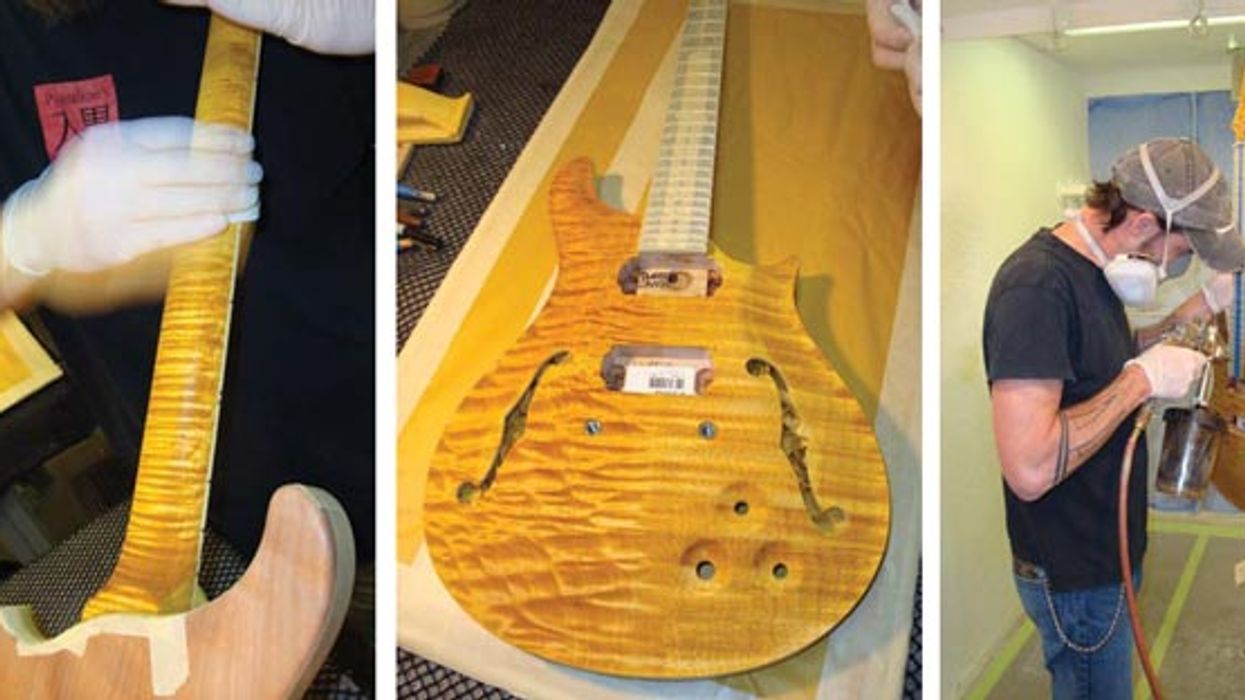Search
Latest Stories
Start your day right!
Get latest updates and insights delivered to your inbox.
dweezil-zappa-perfect-scope-musical-clean-fans-fair-termed-religious-enormous-scope-subject-demand
Don’t Miss Out
Get the latest updates and insights delivered to your inbox.
Recent
load more

